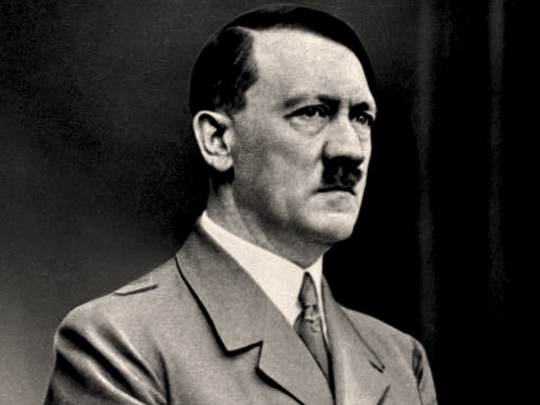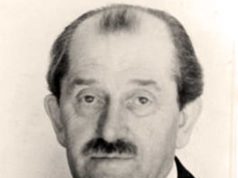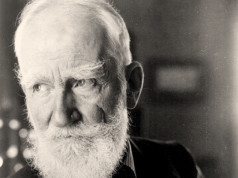German Federal Archives / Wikimedia Commons / CC-BY-SA-3.0 / GFDL
Adolf Hitler
(German Dictator)
20 April 1889 – 30 April 1945 (Aged 56)
Adolf Hitler has gone down in infamy as the leader of Nazi Germany, initiating World War II, and ultimately, being responsible for the Holocaust.
The deaths of approx. 11 million people in total. is the biggest loss of life in a conflict in human history.
Born in Austria, Hitler moved to Vienna to pursue being an artist, after which he moved to Munich and enlisted in the German army in World War I. He was wounded in the Battle of the Somme, receiving the Iron Cross for bravery.
After the war, his political anger grew, and he joined what came to be the Nazi party. His influence grew, and he became famous for his vitriolic speeches, helping to incite racial hatred and ill-feeling.
After being imprisoned for the failed ‘Beer Hall Putsch’, Hitler wrote his autobiography, Mein Kampf (My Struggle), essentially his political manifesto.
Hitler’s rise to power continued, until he became German Chancellor on January 30, 1933, and a year later, on August 19, 1934, he was the given the title of Fuhrer.
The policies of Hitler, and his Nazi party escalated to the point of invading Poland on September 1, 1939, beginning World War II, and, eventually, sending the world into turmoil.
What followed, under Hitler’s command, was the mass killing of Jews, Poles, Slavs, Communists, homosexuals, gypsies and other minorities, the use of concentration camps, and the destruction of most of mainland Europe.
Hitler’s demise came on April 30, 1945, when he, and his newly married wife, Eva Braun, killed themselves in their bunker under the city of Berlin, as Soviet forces closed in on them. Their bodies were then burned by his men.
The war in Europe officially ended just over a week later, on May 8. Hitler has cemented his place in history as the face of one of the most horrific chapters in our existence.
Franklin D. Roosevelt
(U.S. President)
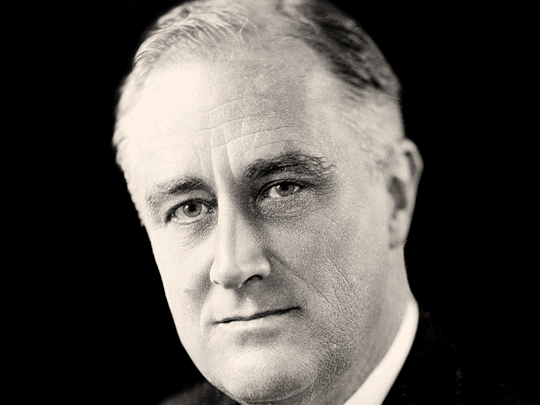
30 January 1882 – 12 April 1945 (Aged 63)
Roosevelt, known as FDR, was the 32nd U.S. President, and the only person to have won four presidential elections in the United States.
He has gone down as one of the greatest presidents in the country’s history.
During Roosevelt’s time in office, he led America through the Great Depression, World War II, and his reforms, such as the New Deal, helped propel America to prosperity and growth. He also helped to repeal prohibition in his first term.
Following the attack on Pearl Harbour, in December 1941, Roosevelt led the U.S. into the war, declaring war on Japan, and Germany shortly after.
The first major confrontation of the war, saw U.S. forces defeat the Japanese naval fleet at the Battle of Midway, in June 1942.
The victory at Midway was followed by invasions of, and combat in, North Africa, Italy, the D-day landings in mainland Europe, and the fighting of Japanese forces in the Pacific.
His last major contribution as president came at the Yalta Conference, in Crimea, USSR, in February 1945. Here, he met with Winston Churchill and Joseph Stalin to demand the Nazi’s unconditional surrender, and to prepare a plan for post-war Europe.
Roosevelt’s death on April 12, came less than a month before the end of World War II in Europe, on May 8, however, the war with Japan officially lasted until September 2, 1945.
An amendment to the U.S. Constitution in 1951, ruled that every president would have a limit of two terms, leaving Roosevelt in the unique position of being the only having won four elections.
George Patton
(U.S. Army General)
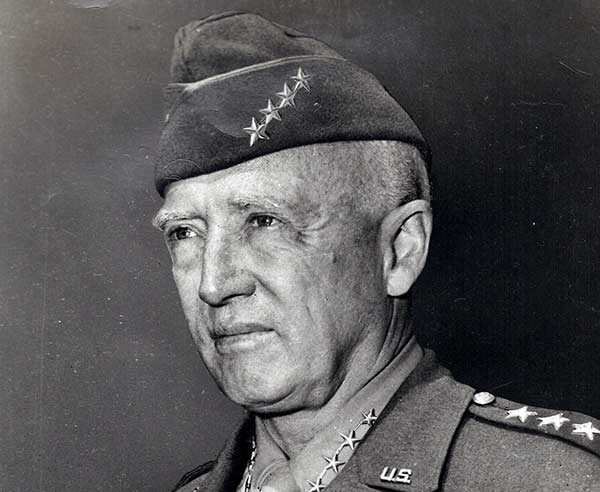
11 November 1885 – 21 December 1945 (Aged 60)
Patton was a renowned U.S. army general, famed for leading the U.S. Third Army through Europe following the D-day landings in Normandy, France, during World War II.
In addition to this feat, Patton was an officer during World War I, while also successfully troops during operations in North Africa and Sicily earlier in World War II.
Patton died from injuries sustained in a car accident in Heidelberg, Germany after the war had ended, and shortly before he was due back in America. He was buried in the Luxembourg American Cemetery and Memorial, near Luxembourg City.
Patton was a controversial character, but a gifted orator and leader of men, who had his legacy immortalized after the release of the 1970 film, Patton.
He also traveled with his faithful bull terrier, Willie, at his side while at war in Europe.
Benito Mussolini
(Italian Dictator)

29 July 1883 – 28 April 1945 (Aged 61)
Mussolini, known as Il Duce (the leader), was a fascist Italian dictator who led the country from 1922 until he was deposed by King Victor Emmanuel III, 1943.
Mussolini led the famous March on Rome in October 1922, along with up to 30,000 supporters, and demanded the party be given control of the country, which the King eventually granted a week later.
Following the allied invasion of Italy in 1943, Mussolini lost the support of his men and was arrested by order of the King. However, he was freed from prison by German forces and moved to northern Italy.
In April 1945, with the war in Europe coming to an end, Mussolini attempted to escape with his mistress, Clara Petacci, to Switzerland, but they were captured before they could flee.
They were executed in Giulino de Mezzegra, on Lake Como, before being brought to Milan and hung upside-down at a petrol station, where their bodies were subjected to abuse.
The following year, at Easter, Mussolini’s body was exhumed by supporters, from an unmarked grave, and went missing for a number of months.
After his body was located by authorities, it was held in their control for almost a decade before it was finally agreed to bury him in his birthplace of Predappio, in Romagna. His grave is visited by tourists and fascist sympathizers to this day.
Anne Frank
(Writer)
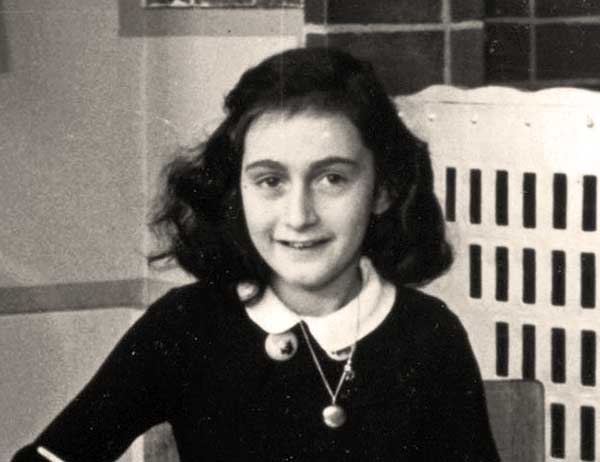
12 June 1929 – c. February 1945 (Aged 15)
Anne Frank was a young diarist, who was born in Frankfurt, Germany, before her family fled to Amsterdam, Netherlands, to flee persecution from the Nazis.
In July 1942, weeks after Anne had been given a diary for her 13th birthday, the persecution of Jews worsened and the Franks were forced into hiding.
They hid in makeshift rooms behind a bookcase in the building where Anne’s father, Otto, worked, along with Otto’s business partner and his family. A small number of Otto’s trusted employees would bring food to them.
Anne’s diary entries provide an insight into her life and the despair of the situation they were in, never venturing outside after going into hiding. On August 4, 1944, German police uncovered the hiding place following an anonymous tip.
Within a month, the families were transferred to Auschwitz concentration camp. The men and women were separated on arrival, meaning Otto Frank, along with so many other men, never saw his wife and kids again. His wife, Edith, died on January 6, 1945.
Anne, and her sister, Margot, were transferred during the winter to Bergen-Belsen concentration camp. It is known they both contracted typhus and died within days of each other in late February or early March 1945.
The camp was liberated by British soldiers shortly after, on April 15. Otto Frank survived the war, and after being given Anne’s diary typed up the manuscript and had it published. The diary is now one of the most famous books in the world.
The building where Anne Frank and her family hid was eventually developed into a museum. It was opened in 1960 and is still open to the public in Amsterdam.
Joseph Goebbels
(German Propagandist)
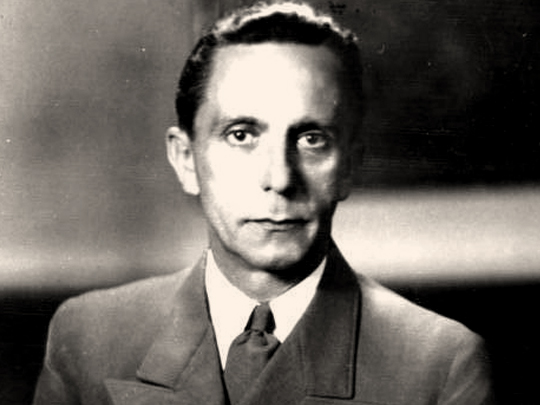
29 October 1897 – 1 May 1945 (Aged 47)
Goebbels was one of Adolf Hitler’s closest associates in the Nazi regime, who also served as the Reich Minister of Propaganda.
He had strong anti-Semitic views and expertly used the media to push the regime’s agenda on the public.
Following Hitler’s suicide on April 30, 1945, Goebbels became German Chancellor for one day.
However, the next day, he and his wife, Magda, committed suicide after they had poisoned their six children with cyanide.
Their bodies were doused with petrol, but they were only partially burned and not buried.
The remains of the Goebbels’ family were repeatedly buried and exhumed, before they were exhumed, burned, crushed, and scattered into the Biederitz river in April 1970.
Heinrich Himmler
(German Gestapo Commander)
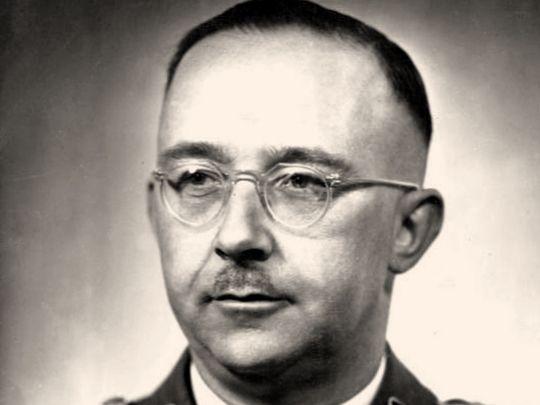
7 October 1900 – 23 May 1945 (Aged 44)
Himmler was one of the most powerful men in the Nazi hierarchy, he was the commander of the SS from 1929, and later became the head of the Gestapo and German police.
Himmler was entrusted with establishing the Nazi’s network of concentration camps, making him one of the people bearing the greatest responsibility for the Holocaust.
In the final weeks of the war, Himmler sensed impending defeat for the Nazis and tried to procure peace talks with Allied forces.
When Hitler was informed of Himmler’s actions, he sacked him from all his duties and issued an arrest warrant.
Himmler tried to go into hiding with forged papers, but he was detained at a checkpoint. After being brought to a British interrogation camp, Himmler killed himself with a cyanide capsule, before being buried in an unmarked grave.
David Lloyd George
(British Prime Minister)
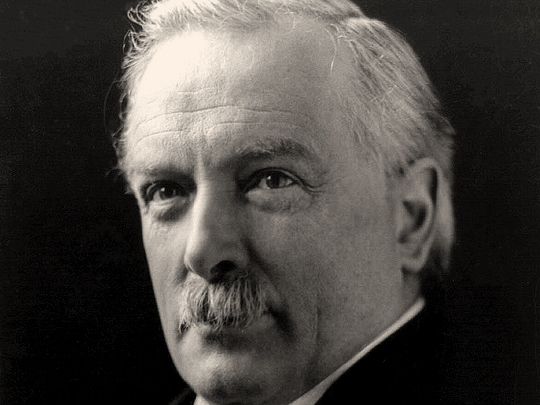
17 January 1863 – 26 March 1945 (Aged 82)
Lloyd George was a British politician, best known for being Prime Minister during the latter final years of World War I, going on to play a key role in the Paris Peace Conference of 1919.
In his earlier role as Chancellor of the Exchequer, his reforms played a major part in the formation of the welfare state, as we now know it.
Lloyd George was also the head of the British delegation with Irish leaders, which led to the signing of the Anglo-Irish Treaty.
This saw the partitioning of Ireland and the end of the Irish War of Independence.
Lloyd George died of cancer at the age of 82.


